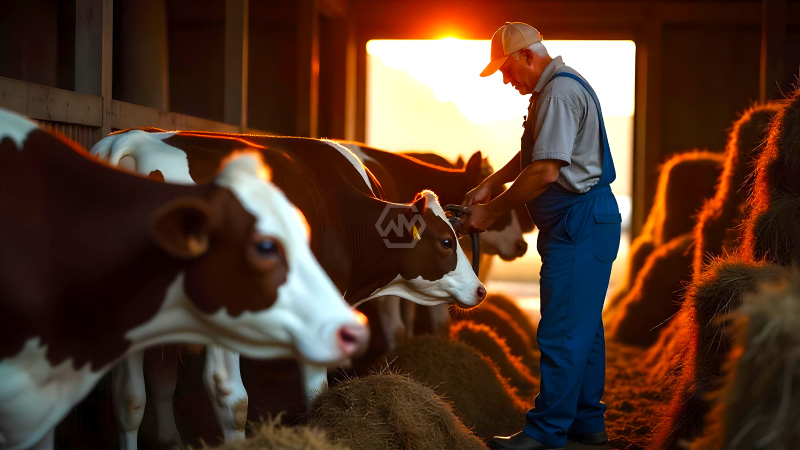- The number of U.S. dairy farms has plummeted by 95% since the 1970s, from over 648,000 to just 24,470 in 2022.
- The average herd size has increased significantly, with more than 60% of milk produced by farms with over 2,500 cows.
- Price structures under the Federal Milk Marketing Orders have contributed to the financial strain on small dairy operations, leading to widespread farm closures.
The dairy industry is facing an unprecedented crisis as the number of farms continues to dwindle, a trend that has persisted for decades. Once boasting over 1,000 dairy farms in Greene County, Tennessee, the area now has just 14 remaining.
This situation reflects a national decline, with fewer farmers able to sustain their operations due to economic pressures, rising costs, and inadequate pricing structures that favor larger producers.
The Future of Dairy: Navigating Challenges in a Changing Landscape
The decline of dairy farms is emblematic of broader shifts in American agriculture, driven largely by economic forces that favor larger, more efficient operations. Farmers now contend with a complex pricing system established decades ago, which has not adapted to the realities of modern farming. This pricing structure often leaves small-scale dairymen struggling to make ends meet while larger farms dominate production and sales.
As the average herd size continues to increase, rural communities face significant changes in their economic fabric. The loss of small dairy farms leads to job reductions and diminished local spending, creating a ripple effect that affects everything from local businesses to community services. The situation raises concerns about the long-term sustainability of local food systems and the potential impact on food security.
Additionally, consumer awareness and preferences are shifting toward local and sustainably produced foods, presenting both challenges and opportunities for remaining dairy farms. Smaller producers can differentiate themselves by emphasizing quality and local sourcing, but they must navigate the complexities of a market increasingly dominated by large-scale operations.
To address these challenges, policymakers may need to reevaluate the current pricing structures and support systems for small dairy operations. Strengthening the viability of smaller farms could enhance community resilience and ensure a more diverse and stable dairy industry in the long run.
The decline of dairy farms in the U.S. reflects broader challenges in agriculture, driven by pricing structures and economic consolidation. Addressing these issues is essential to sustain rural communities and ensure food security.
“The problem with pricing… it’s complicated.”



